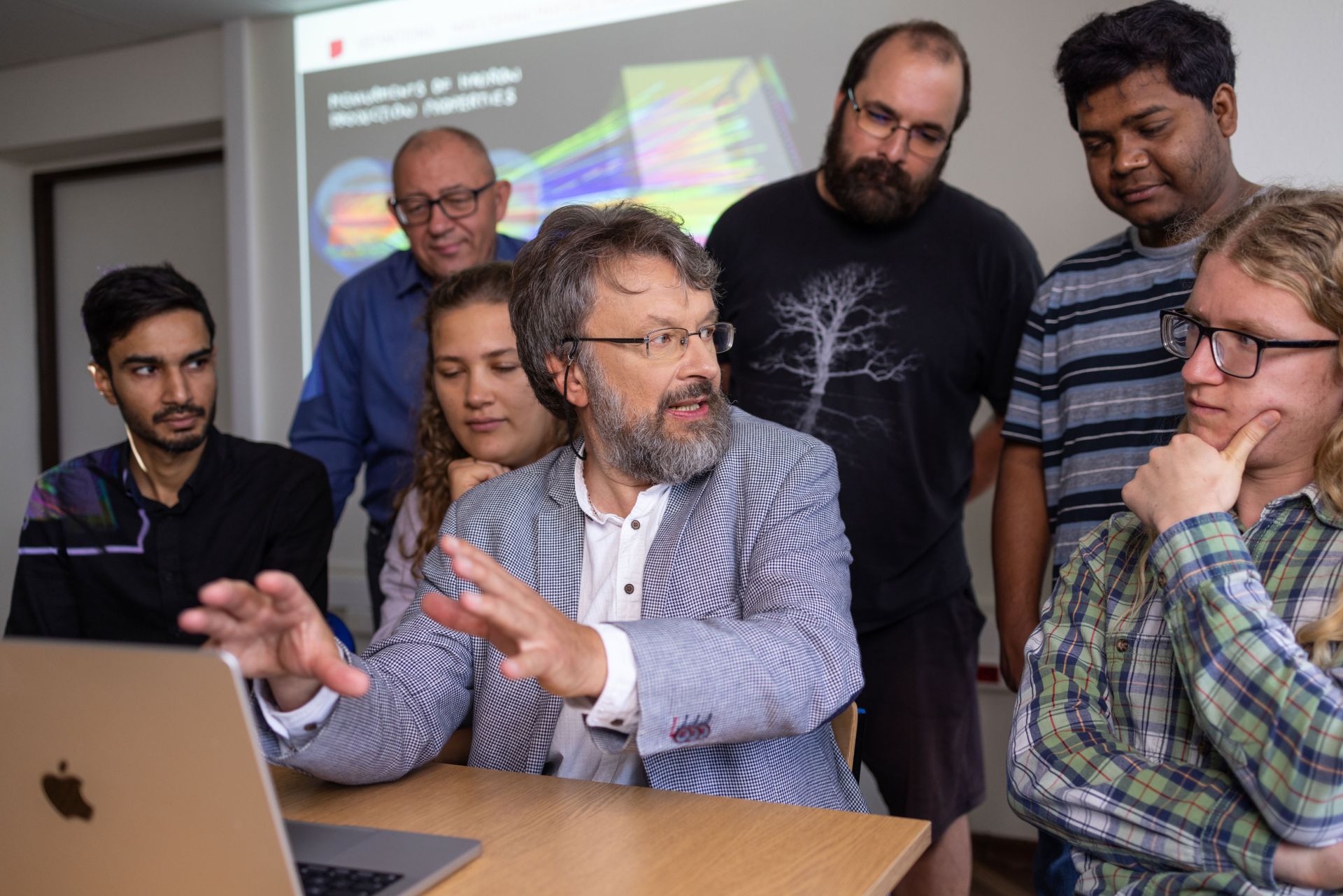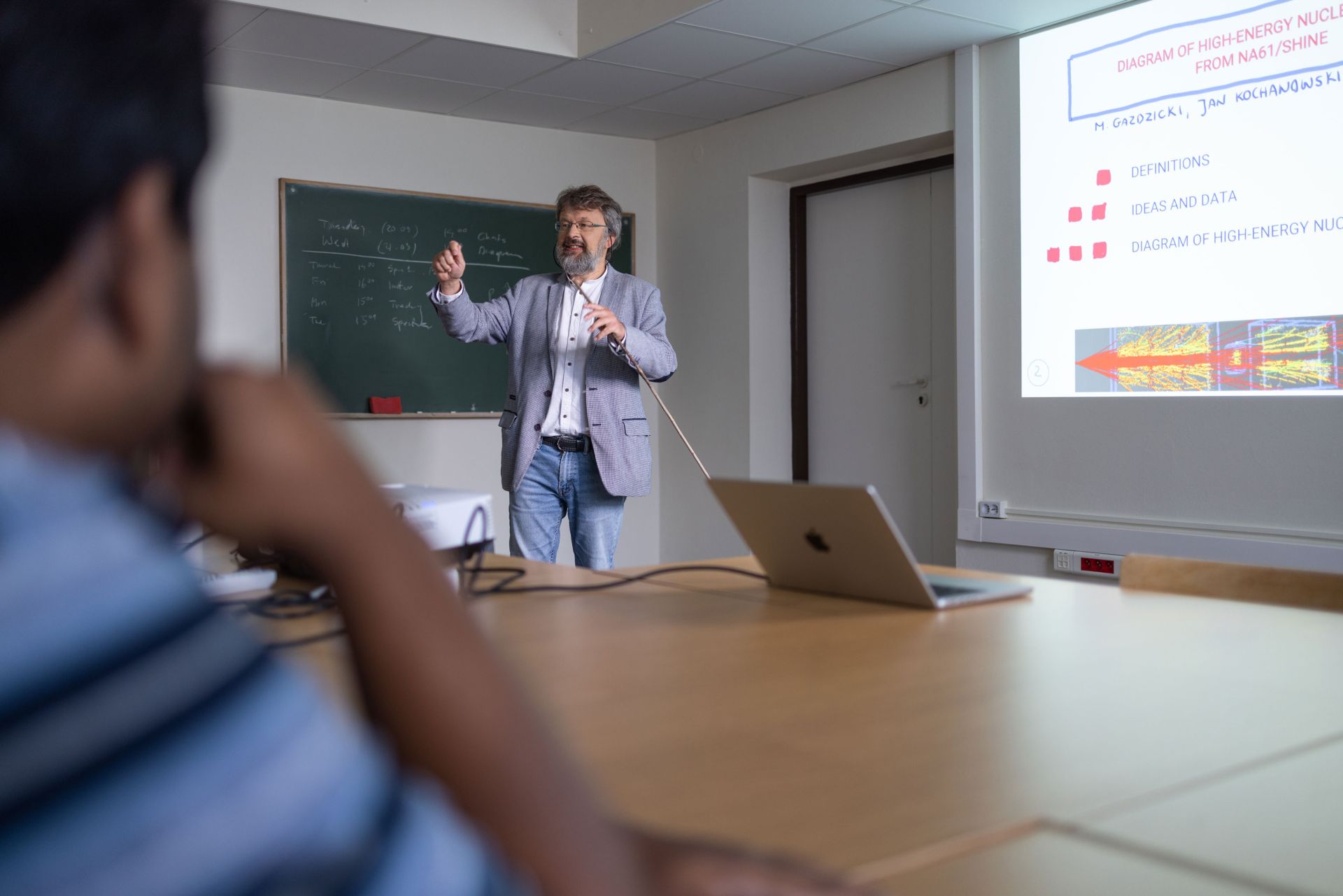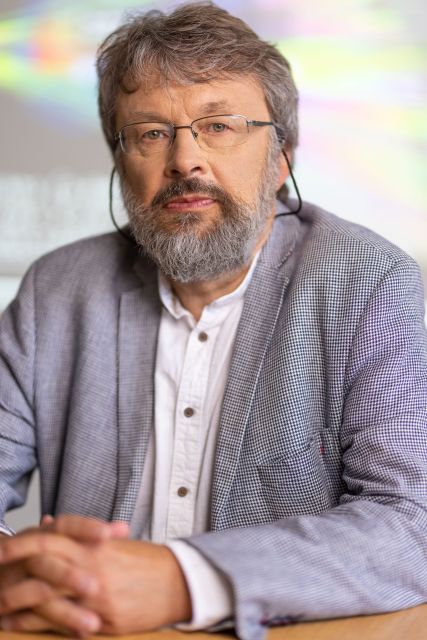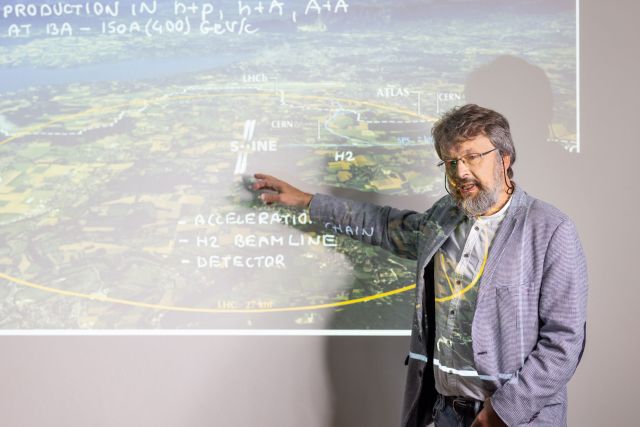Principal Investigator
:
Prof. dr hab. Marek Gaździcki
Jan Kochanowski University of Kielce
Panel: ST2
Funding scheme
: MAESTRO 10
announced on
15 June 2018
Strong interactions are among the most important issues in contemporary physics. The strongest forces we know of to date, they occur between elementary particles such as quarks and gluons. In the world around us, quarks and gluons are normally trapped inside protons and neutrons, the components of atomic nuclei.
 fot. Michał Łepecki, prof. dr hab. Marek Gaździcki
fot. Michał Łepecki, prof. dr hab. Marek Gaździcki
It is commonly accepted, however, that at extremely high densities, much greater than those of atomic nuclei, matter can exist in a state known as quark-gluon plasma, in which quarks and gluons move around freely. Does plasma exist in nature? What are the features of the phase transition between low-density, strongly-interacting matter, where quarks and gluons are confined, and the state of quark-gluon plasma? Can the properties of strongly-interacting matter be studied in the lab?
The purpose of the project is to answer these questions by studying high-energy nucleus-nucleus collisions in cooperation with an international research team, NA61/SHINE. The team performs its measurements with the aid of the NA61/SHINE detector of the Super Proton Synchrotron (SPS) at the European Organization for Nuclear Research (CERN) in Geneva. The research project was started and is currently headed by Prof. Dr hab. Marek Gaździcki.
 prof. dr hab. Marek Gaździcki przy pracy
The project is divided into two parts:
prof. dr hab. Marek Gaździcki przy pracy
The project is divided into two parts:
1. Critical structures and protons. The analysis is focused on the production of protons in high-energy nucleus-nucleus collisions, based on unique data collected by the NA61/SHINE detector for different collision energies and mass numbers.
2. Critical structures and charms. This part is aimed at modernising the NA61/SHINE detector, by developing and constructing a new data collection system to record collisions at a much faster rate than before. Speeds of this magnitude are necessary if we want to measure rarely-produced particles that contain heavy charm quarks.
The first part of the project may directly allow us to discover the properties of transition between the confined state of quarks and gluons to the quark-gluon plasma. The second part paves the way for possible future discoveries, based on the systematic data on the production of charm quarks in collisions between heavy nuclei. The pioneering measurements carried out by NA61/SHINE will be later continued in two newly created labs: FAIR in Germany and J-PARC-HI in Japan.
Project title: Uncovering critical structures in strong interactions
Prof. dr hab. Marek Gaździcki
Professor Gaździcki earned his PhD and habilitation degrees at the Faculty of Physics of the University of Warsaw in the field of high-energy physics.
He has conducted research at the University of Warsaw, the United Institute of Nuclear Research in Dubna, Heidelberg University, the European Organization for Nuclear Research (CERN) in Geneva and the Goethe University in Frankfurt. He is currently a professor at the Jan Kochanowski University of Kielce.
His research interests centre on the physics of high-energy nucleus-nucleus collisions. He has participated in many international experimental programmes and published papers in methodology and theory.
Together with Mark Gorenstein (Kyiv), Professor Gaździski predicted the production threshold for the new state of matter, the quark-gluon plasma, in heavy nuclear collisions, which was later tested and confirmed in the NA49 experiment at CERN, carried out within the framework of a dedicated measurement programme devised by Professor Gaździcki and Peter Seyboth (Munich).
Professor Gaździcki has initiated and headed the NA61/SHINE experiment, which has been underway at CERN since 2008, to carry out measurements in the physics of strong interactions (in search for the critical point of strongly interacting matter) and the physics of neutrinos and cosmic radiation.


